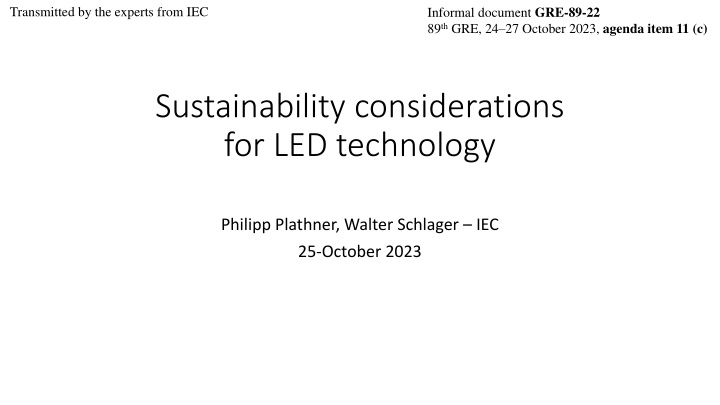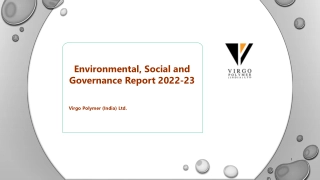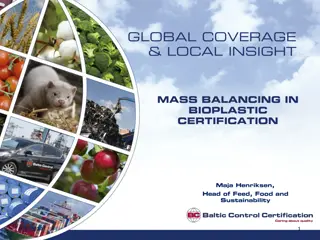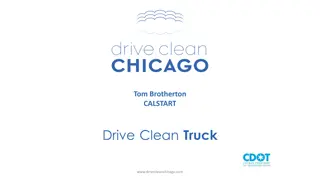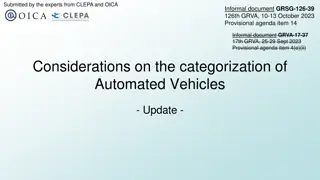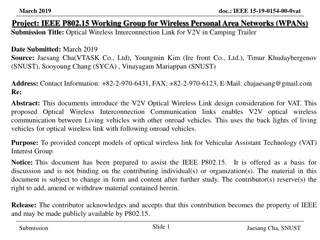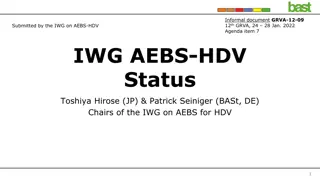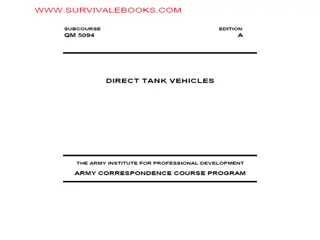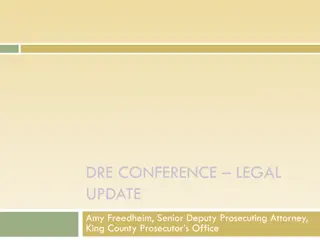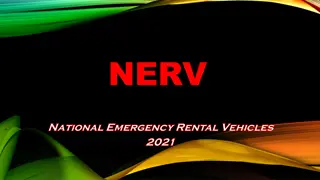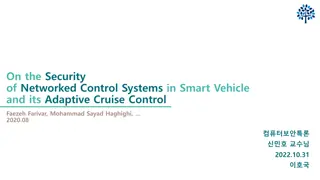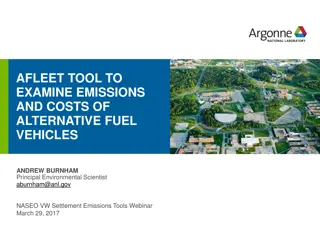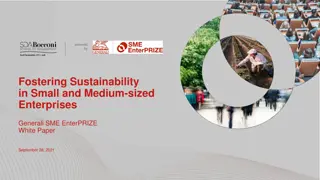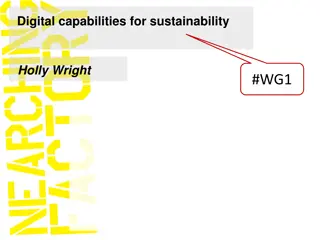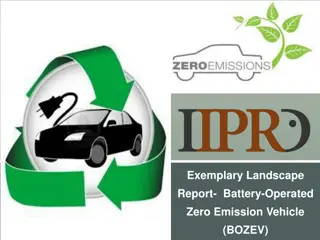Sustainability Benefits and Transition to LED Technology in Vehicles
Explore the sustainability benefits of LED technology in vehicles, focusing on improvements in energy efficiency and CO2 savings. The transition from halogen to LED technology is projected with significant potential for reducing carbon emissions. The acceleration of this transition through LED replacement solutions for existing vehicles is highlighted.
Download Presentation

Please find below an Image/Link to download the presentation.
The content on the website is provided AS IS for your information and personal use only. It may not be sold, licensed, or shared on other websites without obtaining consent from the author.If you encounter any issues during the download, it is possible that the publisher has removed the file from their server.
You are allowed to download the files provided on this website for personal or commercial use, subject to the condition that they are used lawfully. All files are the property of their respective owners.
The content on the website is provided AS IS for your information and personal use only. It may not be sold, licensed, or shared on other websites without obtaining consent from the author.
E N D
Presentation Transcript
Transmitted by the experts from IEC Informal document GRE-89-22 89th GRE, 24 27 October 2023, agenda item 11 (c) Sustainability considerations for LED technology Philipp Plathner, Walter Schlager IEC 25-October 2023
Sustainability benefits of LED technology Technology transition WHILE keeping / improving beam performance ~Faktor 4 ~ 25 lumen / Watt ~ 500 hours lifetime ~ 100 lumen / Watt > 2000 hours lifetime > Faktor 4 Figures taken from GRE-89-06
A quantitative estimation per vehicle per vehicle Example of low-beam Baseline technology (= Halogen): consumption of 137 W Innovative technology (= LED): consumption of 40 W** Usage factor of low-beam function: 33% (assumption: during night only) Resulting CO2 savings: 0,85 g/km Based on a car life of 200.000 km this means ~170kg CO2(or ~68 l fuel) ** Note: the basis of the calculation uses typical OEM solutions, but the same holds for H7-LED products as currently approved in Germany or France Source of calculation: Technical Guidelines for the preparation of applications for the approval of innovative technologies pursuant to Regulation (EC) No 443/2009 of the European Parliament and of the Council
New vehicle production Projection of LED transition Figure taken from TFSR-05-07 2023 Halogen LED 2020 2030 2040 Source: IHS global insight, LUMILEDS Business analysis dept. 2019
As a consequence Projection of LED transition in the carpark Figure taken from TFSR-05-07 2023 Halogen LED 2020 2030 2040 But, this transition can be accelerated by LED replacement solutions for vehicles in use Source: IHS global insight, LUMILEDS Business analysis dept. 2019
